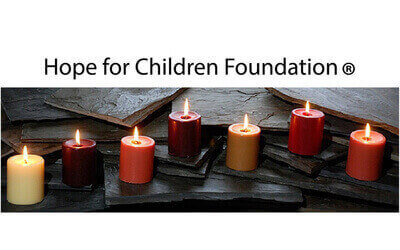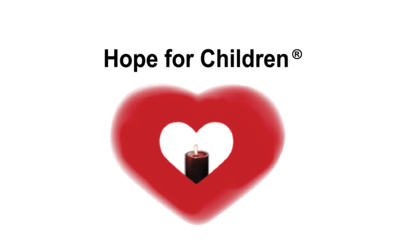Kids Likely To Be Under-counted
Posted by Patricia on Jul 1st 2018
New Report Warns 1 Million Kids Likely to be Under-counted in 2020 Census
The information provided in this Blog is provided through The Annie E. Casey Foundation’s 2018 Kids Count Data Book. This is an annual study of child well-being, was released this past week. It warns of dire consequences to states for federal funding of critical programs, unless efforts are stepped up to reach youth in “hard-to-count” Census tracts.

Striving for a Better Quality of Life
Under-counted Population of Children and Families
The Annie E. Casey Foundation’s 2018 KIDS COUNT Data Book , an annual study of child well-being, warned of dire consequences to states in federal funding for critical programs, unless efforts are stepped up to count the youth — who are among about 4.5 million young children living in neighborhoods at risk of under-counting.
“Much of our efforts to improve the lives of Illinois children could be undermined,” said Tasha Green Cruzat, president of Voices for Illinois Children, which urged the Illinois Legislature, Cook County Board and City Council to fully fund outreach efforts.
High Poverty Areas
The above graph from the Annie E. Casey Foundation’s 2018 Kids Count Data Book compares number of children living in high-poverty areas from 2012-2016, nationally, by race.
The State of Illinois
In Illinois alone, over $5 billion a year in federal funding for programs like Medicaid, SNAP, CHIP and foster/child care, is based on Census data.
If we don’t count children, we render their needs invisible and their futures uncertain. Some 300 federal programs targeting family stability and opportunity use Census data to allocate more than $800 billion annually.
Results of under-counting could reverberate for decades. In education, it would mean overcrowded classrooms and eliminated Head Start programs; in healthcare, uninsured children and understaffed hospital emergency rooms.
Hard to Count
The problems posed by the “hard-to-count” Census tracts compound others such as the new online census form and proposed questions about citizenship, sad the foundation, which called for greater state and local Census outreach, and efforts to mitigate confidentiality concerns.
Annually measuring four barometers of child well-being — economic, education, health, and family and community — the report ranked Illinois #22 overall; New Hampshire, #1.
Top Five States and Lower Ranked States
Massachusetts, New Jersey, Minnesota and Iowa rounded out the top five; while Alaska, Nevada, Mississippi, Louisiana and New Mexico — at #50 — were bottom five. Mississippi’s #48 ranking was its highest in over 25 years.
The report continues to find troubling disparities among children from minority, low-income and immigrant families.
It found Illinois ranked high in providing children access to health insurance, and made gains over last year in key areas related to health and education. However, it found too many Illinois children still living in families struggling with economic security statewide. The state ranked 24th in health, 13th in education, and 27th in both economic and family and community well-being.
Thank you so much for caring enough to read this information. Please do all you can to improve the quality of life for children in your state.
Hope for Children Foundation


